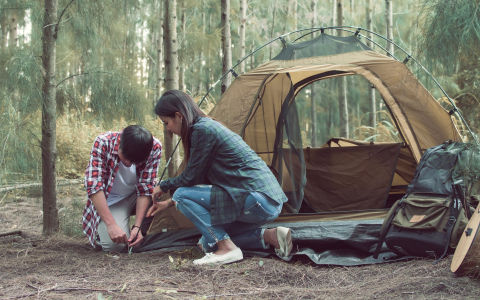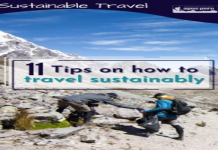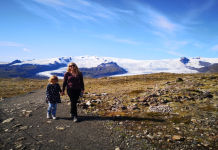Okay, let me walk you through how I approached my latest camping trip, focusing on keeping it green. It wasn’t some grand gesture, just trying to do things a bit better, you know?
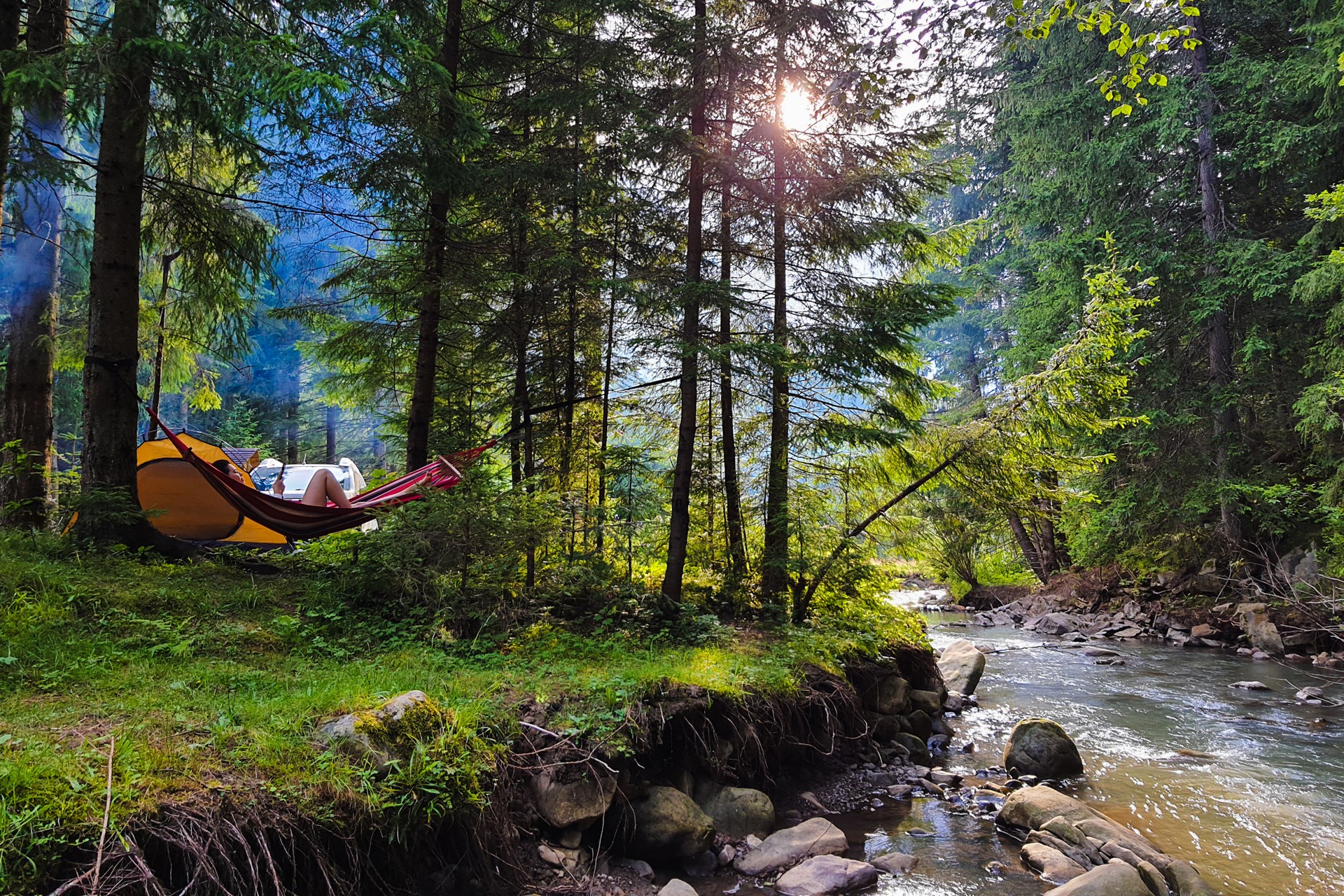
Planning and Thinking Ahead
So, first off, I decided I really wanted to minimize my footprint this time. The usual routine felt a bit wasteful. I started by picking a campsite. Didn’t go for anything super remote, just a regular spot, but I checked their rules. Looked for places that specifically mentioned waste management or seemed less crowded.
Then, I thought about gear. Instead of buying new stuff, I went through my existing kit. Made a point to repair a small tear in my tent instead of replacing it. Checked my sleeping bag, stove, all that jazz. Figured using what I have is step one.
Packing Smart – Less Waste In, Less Waste Out
This took more thought than usual. My main goal was reducing trash before I even left the house.
- Took snacks like nuts, dried fruit, and granola out of their store packaging and put them into reusable containers. Less plastic wrap right there.
- Planned meals that didn’t need tons of packaged ingredients. Simple stuff – pasta, sauce from a jar (recyclable!), veggies I chopped at home.
- Packed my trusty reusable water bottle and a larger water container. No single-use plastic bottles needed.
- Grabbed my metal camping plates, cups, and cutlery. Ditched the paper plates and plastic forks completely.
- Crucially, I packed extra trash bags – one for general waste, one for recyclables, and a smaller compost bag for food scraps (like coffee grounds, veggie peels) that I could compost back home.
- Brought a small bottle of biodegradable soap. Important for washing up later.
- Packed cloth napkins instead of paper towels.
It felt like a bit more effort upfront, yeah, but mostly just required thinking differently about what I was bringing.
On the Trip – Putting it into Practice
Setting up was standard, but I made sure to stick to the designated tent pad to avoid disturbing more ground than necessary. Didn’t go clearing new areas or anything.
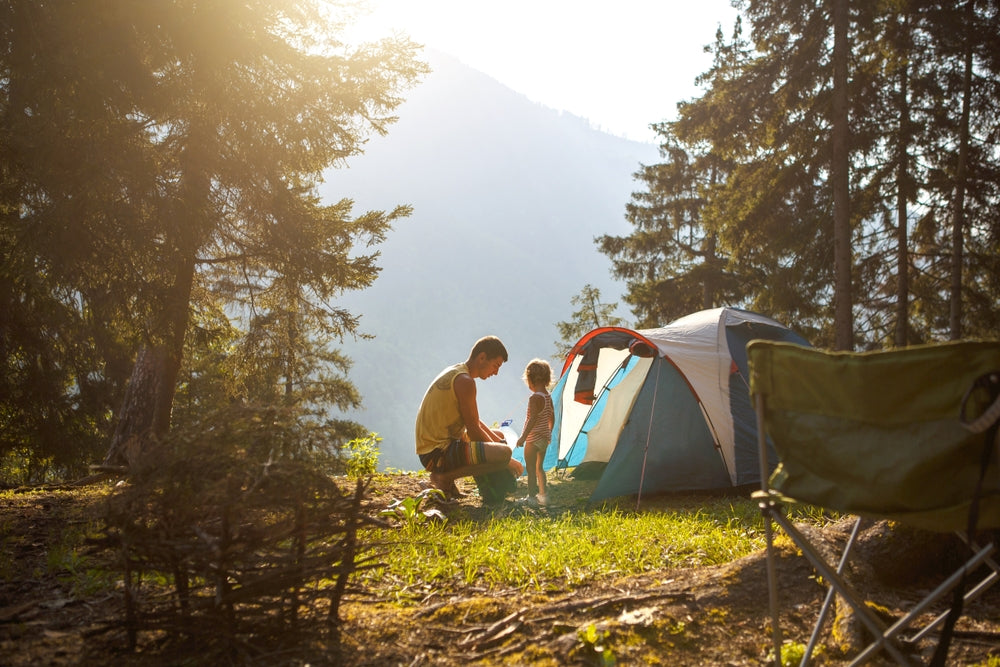
Cooking was straightforward using my reusable stuff. Washing up was key. I used that biodegradable soap and made sure to wash dishes well away from any streams or lakes. Didn’t want soapy water getting into the ecosystem. I collected the wash water and scattered it on dry ground away from water sources, like the park guidelines usually suggest.
Managing waste was ongoing. Every little wrapper, every food scrap went into the designated bags immediately. Keeping the site clean wasn’t just about being tidy; it felt important for respecting the place. Didn’t leave any food out to attract animals either.
We had a small campfire in the designated fire pit. Used only dead, downed wood we found nearby, as permitted. Before going to sleep and definitely before leaving, we drowned that fire thoroughly. Stirred the ashes, added more water, made sure it was cold to the touch. Forest fires are no joke.
Leaving No Trace – The Final Step
Packing up involved a really thorough check of the campsite. We walked around, scanned the ground, picked up anything that wasn’t naturally supposed to be there – even tiny bits of trash that might not have been ours. The goal was genuinely leaving it better, or at least exactly as we found it.
All those trash bags I packed? They came back home with me. Sorted the recyclables into my home bin, composted the food scraps, and threw away the minimal actual garbage. Nothing got left behind at the campsite bins, especially if they looked full or weren’t well-maintained.
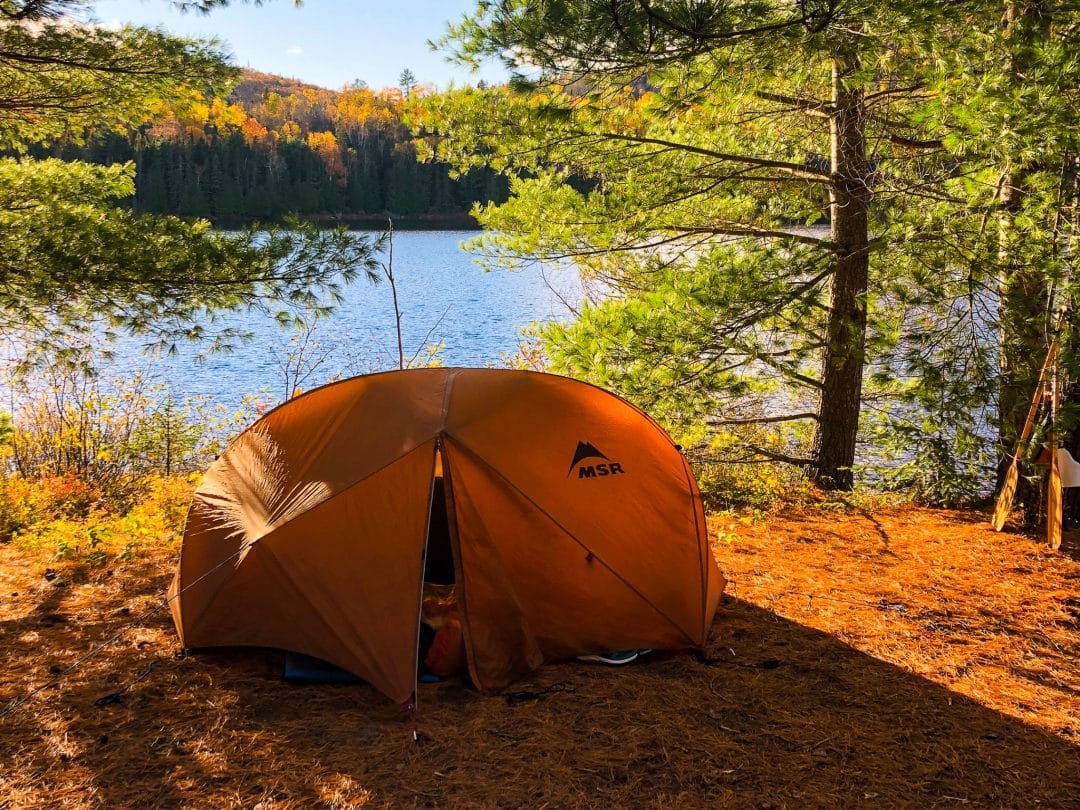
Honestly, it wasn’t complicated. Just needed that bit of planning before leaving and staying mindful during the trip. Felt good knowing I wasn’t leaving a big mess behind. It’s definitely how I’ll be camping from now on.

